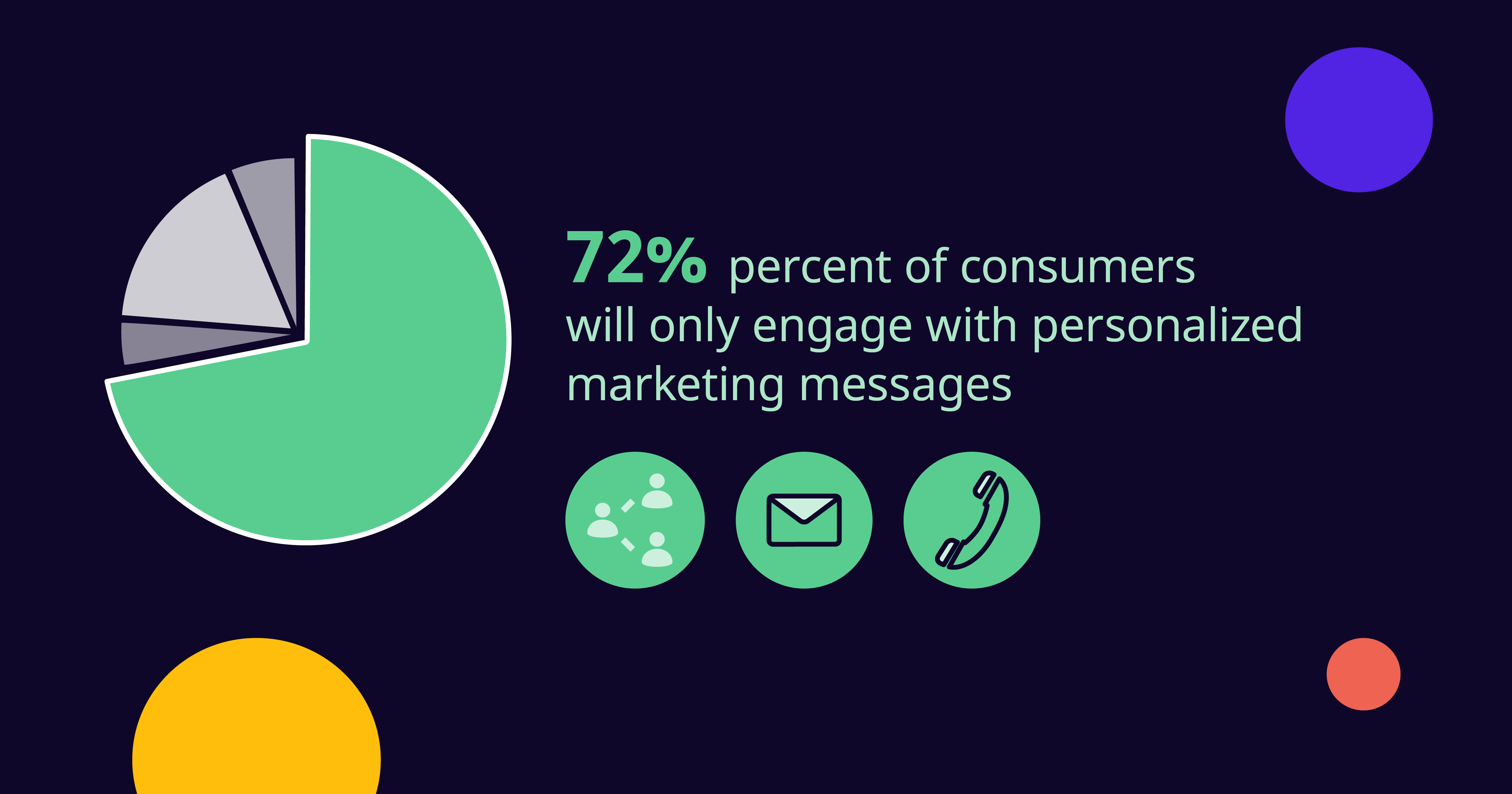
Why Telco marketers should strive for true personalization
Effective personalization should be the goal for any marketing campaign. Generic, mass-market efforts often fail to engage with customers and offer a very poor return on investment.

Consumers want a personal relationship with their brands. But they also don’t want to feel as though they’re being spied on or having their personal details used inappropriately by marketers.
This is always a delicate balancing act for businesses, no matter what sector they operate in. But for telcos, who are able to draw on a larger range and depth of data than almost every other business, getting true personalization right is critical. If you use everything that’s available, you can run the risk of overdoing things, and actually pushing customers away by being too intrusive.
So how do you ensure your personalization efforts aren’t going too far? An essential first step is to recognize what people will and won’t respond to, and where the line is between a helpful offering and one that’s creepy.
There are many horror stories out there of what can happen when brands’ efforts to personalize their messaging go too far. Often, these fall into a few common categories that telco marketers need to be aware of.
One major issue is if companies use incomplete information to send what turns out to be inappropriate messaging. For instance, there are tales such as a card printing company sending messages congratulating women about their new babies – when in fact, many of them were actually dealing with fertility issues at the time. Or how about the elderly nursing home resident who received a Christmas gift box from the local mortuary?
Another problem is that while customers generally don’t mind companies knowing who they are and what their interests are, they often draw the line when brands know where they are and what they’re doing.
For instance, according to Accenture, 41 percent of consumers find it creepy when they receive a text from a retailer as they walk by a physical store, while a similar number (40 percent) find it unsettling when they get a mobile notification after walking by a store.
This is often where efforts to reach out to customers stop being helpful, as customers feel as if they’re being ‘spied on’ or ‘stalked’. And it can quickly have negative consequences for any brand. Would you keep shopping at a store that digitally follows you around and sends a tailored message for every product you pick up?
A third mistake to avoid is campaigns that reveal too much personal information about a customer – especially when this is done publicly. For instance, JetBlue was criticized for its efforts to personalize the seatback entertainment screens on its planes, with many passengers complaining about having their names publicly displayed.
This can cause several issues. Many women in particular might feel uncomfortable having personal details shared with strangers, especially in a confined space such as a plane. Others may see themselves greeted by names they never use, such as a nickname or middle name. At best, this can be jarring. At worst, it can be insensitive or even insulting.
So what can brands do to ensure they’re staying on the right side of this line? An essential first step is to recognize that these efforts shouldn’t be viewed simply as delivering the maximum amount of personalization.
Instead, it’s about optimizing your strategy to deliver the right amount of personalization for each customer. This is where having a complete picture of who they are and what they are likely to respond to – both positively and negatively – is essential.
It’s also often not what you know, but how you use it. For example, in the JetBlue example above, most people would agree that simply knowing someone’s name isn’t creepy. But it’s how you use it that matters. On a basic level, being greeted by name by a person is usually acceptable, but it can be less so when it comes from a faceless machine that shouts it to anyone who happens to be nearby.
In other words, context is key. If you are going to use personal data to assist in the targeting of your messages, think about what customers are likely to be more tolerant of you using, as well as when and how you do it.
For instance, product preferences, previous purchase data, communication preferences, and basic demographic details are all information consumers are usually happy for you to use, whereas things like behavior, location, and web browsing data require more caution.
This is a very difficult balance to get right, and even more so when running campaigns on a large scale. Telcos may have an in-built advantage over many other businesses as you can use their first-party data to draw conclusions, rather than rely on bought second- and third-party data where it may be less clear to customers exactly how you have their personal information. In fact, new research* by Intent HQ shows that consumers overwhelmingly prefer their telco to use first-party data to personalize their experience rather than third-party data.
However, if you don’t use this responsibly and with respect to user privacy, these efforts will be a failure. Therefore, knowing what data to use in what circumstances, as well as how to frame the messaging you use it for, will be essential to success.
Learn more about how Intent HQ’s privacy-focused platform helps you achieve true personalization at scale and at speed.
* Intent HQ Consumer Network Operator Opinions Survey, 2022
Image credit: iStockphoto/DGLimages